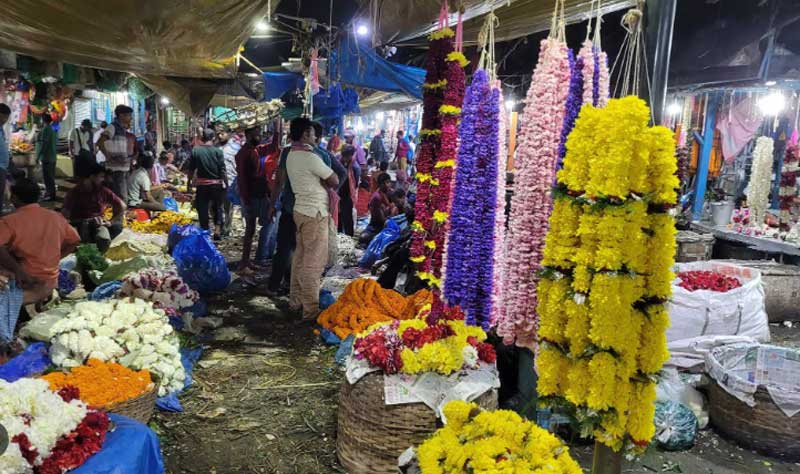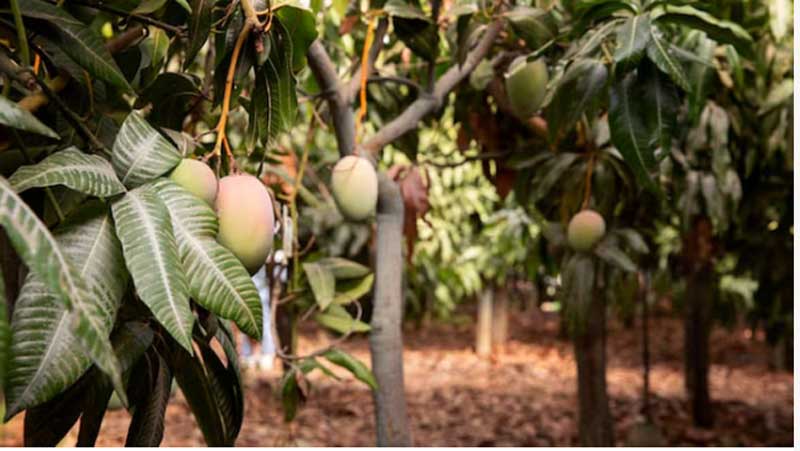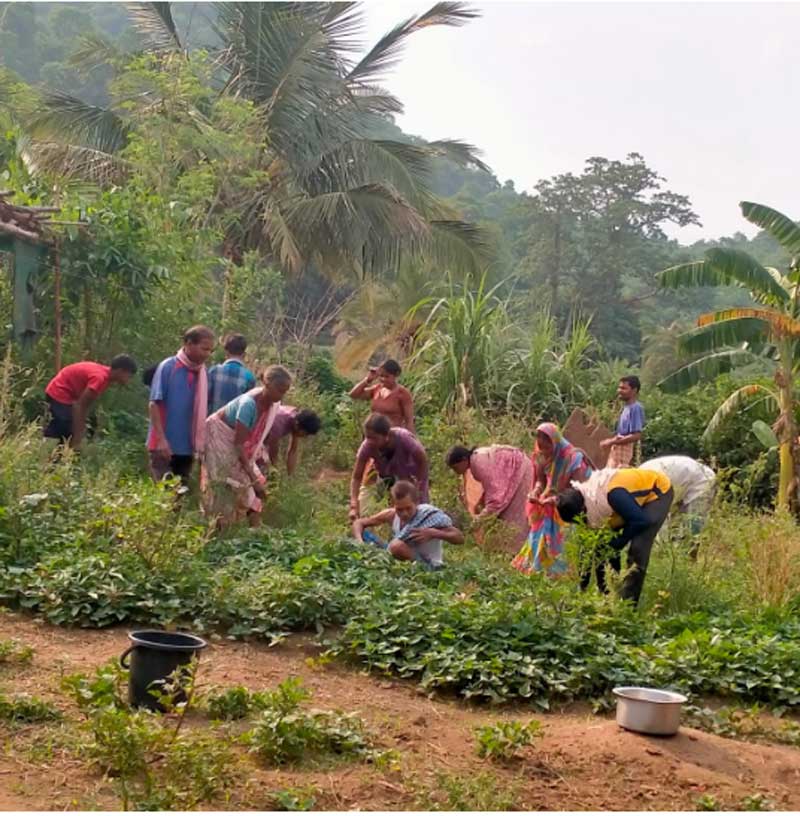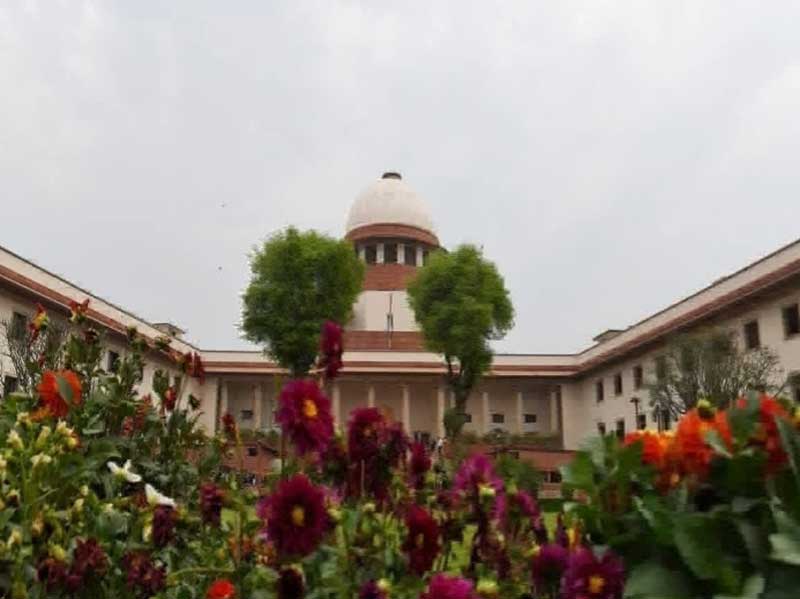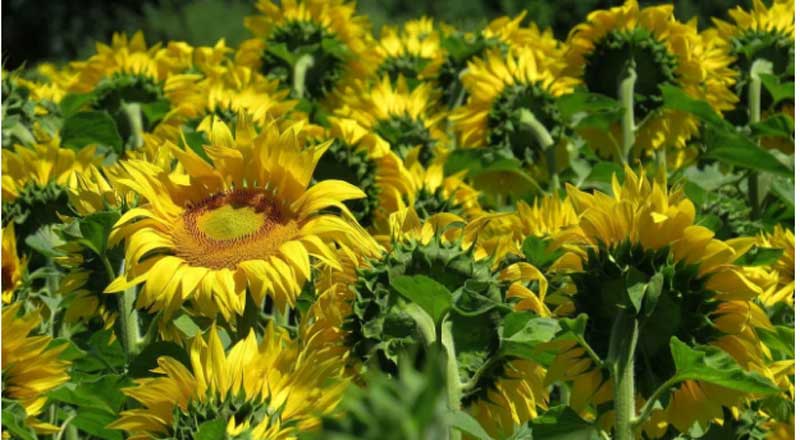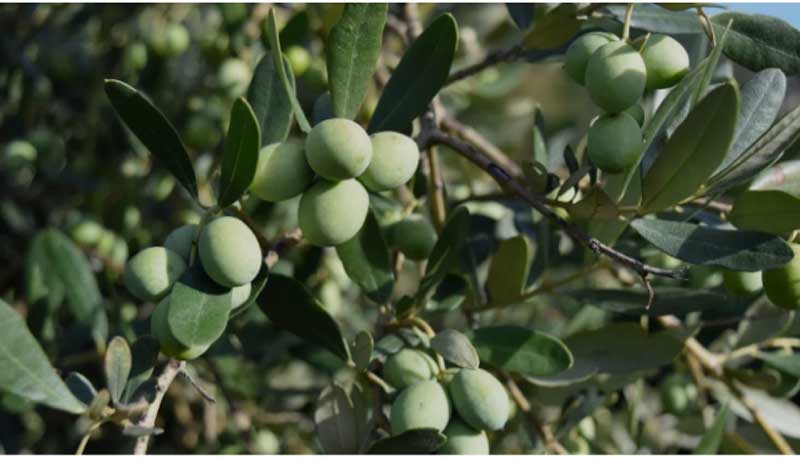UP sets record by planting 4.52 cr shisham and 4.37 cr sagoun saplings
More than 36 crore saplings planted in Uttar Pradesh under Tree Plantation Campaign-2023
Forest Department plants more than 13 crore saplings, other departments plant over 22 crore
Lucknow: Of the record 36.15 crore saplings planted under the Tree Plantation Campaign-2023 in Uttar Pradesh, held on July 22 and August 15, the highest number of 4.52 crore saplings were of shisham (north Indian rose wood) and 4.37 crore of sagoun (teak).
The Forest Department planted 1.23 crore shisham saplings, while other departments contributed 3.29 crore. Similarly, the Forest Department planted 1.16 crore sagoun saplings whereas other departments planted 3.21 crore.
It is worth mentioning here that Chief Minister Yogi Adityanath himself kicked off the Tree Plantation Campaign-2023 on July 22 by planting saplings. With the support of public representatives, government departments, social and cultural organizations, more than 36 crore 15 lakh saplings were planted across Uttar Pradesh within two days of the campaign.
Across all 75 districts and 18 divisions of UP, a total of 4,52,75,779 shisham and 4, 37, 57,811 sagoun saplings were planted. Additionally, 2, 44, 71,256 Kanchi saplings and 1, 66, 89,347 Jamun (Indian blackberry) saplings were planted. The Arjun and guava plants accounted for 1, 54, 21,109 and 1,66,55,948 saplings.
Furthermore, in all 18 divisions, a total of 91, 30,551 Chilbil saplings and 66,48,612 Siris saplings were planted. Altogether 50, 53,660 amla (gooseberry) saplings and 43,46,644 Gutel saplings were also planted during the two-day campaign. Moreover, nurseries of horticulture and silk, and others collectively contributed 1, 70, 31,018 saplings.
Forest Department planted more than 13 crore saplings
In all 75 districts, the Forest Department planted 1, 23,52,050 shisham and 1, 16,12,873 teak saplings. Besides, 1,01,59,033 Kanchi trees were planted, and 54,77,414 Arjun saplings were planted in the state. A total of 46,28,575 jamun saplings were also planted during the drive.
Across all districts, 17,56,882 Chilbil saplings and 26, 97,062 Siris saplings were planted. The count for Gutel saplings was 22,66,275. Additionally, 20,86,479 babool saplings and 14 lakh 65,194 jungle jalebi (Manila Tamrind) saplings were planted.
Notably, the Forest Department also planted 3,67,35,528 other saplings. Furthermore, through seeds were sown for 4, 10,40,376 species.
Strong participation of other departments in the Tree Plantation Drive
A total of 22,93,21,213 saplings were planted by various departments of the Uttar Pradesh government across all 75 districts. It included 3,29, 23,729 shisham saplings, 3,21,44,398 sagoun saplings, 1,43,12,223 Kanchi saplings and 99,43,695 Arjun saplings.
As per the data available, as many as 1,20,60,772 Jamun and 1,04,50,850 guava saplings were planted. The count for Chilbil trees was 73,73,669 whereas for siris trees, it was 39,51,550. Additionally, 45,22,129 amla saplings and 39,67,870 sahjan (moringa) saplings were also planted.
Other departments planted 8, 06, 38,770 other saplings. Nurseries operated by departments like Horticulture and Silk provided 1,70,31,018 saplings.
Government is encouraging people to use millets
With the objective of encouraging millet consumption and boosting farmers’ income, the Yogi government has decided to incorporate millets in the form of ‘Bajra khichdi’ into the mid-day meals provided to children.
This is excellent news for millet-growing farmers, considering the number of children in Uttar Pradesh who receive midday meals. The government is already procuring maize and bajra at the minimum support price (MSP) and has decided to purchase ‘jowar’ along with paddy at MSP starting this Kharif season.
Decisions made by the Yogi government would have a significant impact. For example, after the inclusion of bajra in the mid-day meal, its demand will also increase. The government will have to purchase more to meet the elevated demand. Due to this, the farmers will get better prices for bajra in the open market as well, and better prices will also encourage farmers to produce more. Overall, it will be beneficial for the health of the common man and will also bring prosperity to the farmers.
In the future, the same situation may also happen to ‘Jowar’. Millets are also good for the environment. They require less water than other cereals and can thrive without fertilizers or pesticides in poor soils. As a result, they are a good crop for farmers in dry regions dealing with the effects of climate change.


